In the oil and gas industry, Pipe Pigs are tools that travel through pipelines to perform various maintenance tasks, including cleaning, inspection, and separation of products. Here’s an overview of the different types of pigs used in oil and gas pipelines:
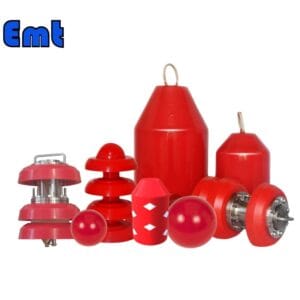
Different Pipe Pigs
Foam Pigs
Foam pigs consist of a flexible foam material that navigates bends and fittings within pipelines easily. They primarily serve in drying, cleaning, and wiping applications. These lightweight and inexpensive pigs can receive a coating of abrasives or chemicals to boost their cleaning effectiveness.
Sealing pigs are used to isolate and separate different products within the same pipeline. They ensure that various fluids like oil, gas, and water do not mix during transportation. This type of pig is critical for multi-product pipelines and helps in avoiding contamination between different batches of product.
Gel Pigs
Gel pigs are not mechanical pigs but viscous gel used for cleaning and separation tasks. Operators pump them through the pipeline, and they adapt to variations in pipeline diameter, effectively removing debris and separating products. Gel pigs are especially useful in pipelines that are not suitable for mechanical pigs due to bends, reductions, or other features.
Cup Pigs
Cup pigs are a type of pipeline pig used primarily for cleaning, batching, and displacement tasks within pipelines. These pigs are named for the cup-shaped discs made of rubber or polyurethane that are attached to their bodies. The cups serve as seals against the pipe wall, enabling the pig to push fluids through the pipeline or sweep out debris effectively.
| Technical parameters of pig cup accessories | |
| 1. Working medium temperature: | -40 ℃ -100℃ |
| 2. Overall length of the product: | 1.4 times DN |
| 3. The best running speed of the product: | 1 m/s |
| 4. The minimum bending radius of the product: | D≦150mm, r should meet ≧2.5DN When D≧150mm, r should meet ≧1.5 times DN |
| 5. The overall length of the product: | ordinary model ≧1.3 times DN, combined type ≧1.4 times DN Can be customized upon request |
| 6. Our company now provides the following cup accessories products | (1)Shaw A75, 80, 85, 90 hardness TDI, MDI raw materials, (2), Shaw A80, 85 hardness solvent-based products. |
| The above raw material products can be customized according to requirements. | |
Bi-Directional Pigs
Bi-directional pigs are designed to travel in either direction within a pipeline. Operators typically use them for batch separation, displacement, and dewatering operations. The flexibility of bi-directional movement is particularly useful during unplanned maintenance or emergencies.
Each type of pig in oil and gas pipelines plays a distinct role in ensuring the pipeline’s operational efficiency, safety, and longevity. The choice of pig depends on the specific maintenance needs and the condition of the pipeline. Besides the characteristics of the products being transported are also important.
Parameters of Pipe Pigs
| Name | Model | Performance | Technical Parameters |
| Bare Foam Pig | LCQZ-RTN | 1. Soft texture and good flexibility. | Starting pressure: 0.02 MPa |
| 2. With strong water absorption, the deformation amount can reach 60%. | Density: 35 kg/m³~220 kg/m³ | ||
| 3. Used for dewatering, cleaning, and drying pipelines. | Withstand pressure: 7 MPa | ||
| Stretch rate: 320% | |||
| Compression ratio: 60 | |||
| Flex life: 50,000 times | |||
| Attrition rate: 4 mm/100 km | |||
| Operating distance: 50 km~150 km | |||
| Operating temperature: -30℃~100℃ |
| Name | Oil Pipe Pig |
| Material | 1. steel framework main body. |
| 2. The disc material is available for Polyurethane, Viton, Neoprene, Nitrile butadiene etc. | |
| 3. The cup material is available for Polyurethane, Viton, Neoprene, Nitrile butadiene etc. | |
| 4. Steel brush or nylon brush. | |
| Features | 1. Firstly, good wearing resistance. |
| 2. Secondly, strong passing ability. | |
| 3. Nice cleaning performance. | |
| 4. Then accurate location and tracking. | |
| 5. At last, a low rate of false positives. | |
| Packing way | packed pipe cleaning pigs with inner plastic film and outer plywood wooden case. |
| Payment | TT/LC |
| Advantages | 1. Firstly, good sealing performance. |
| 2. Secondly, high wear resistance. |
How to choose the right Pipe Pigs?
Choosing the right pipe pigs involves understanding the specific needs of your pipeline system. First, assess the purpose of the pigging operation—whether it’s for cleaning, inspection, or maintenance. Different types of pigs serve different functions: foam pigs are excellent for light cleaning and drying, while more robust cup or disc pigs handle heavier cleaning and debris removal. Consider the material composition of the pig, ensuring it is compatible with the pipeline’s contents and material to prevent damage.
Next, evaluate the physical characteristics of your pipeline, such as diameter, length, and the presence of bends or valves. These factors determine the size and flexibility of the pig needed. For pipelines with complex configurations, flexible foam pigs or specialized pigs might be necessary to navigate effectively. Additionally, always check for operating conditions such as temperature and pressure, as these will influence the type of pig and materials you can safely use. By considering these aspects, you can select a pipe pig that optimizes efficiency and safety in your pipeline operations.


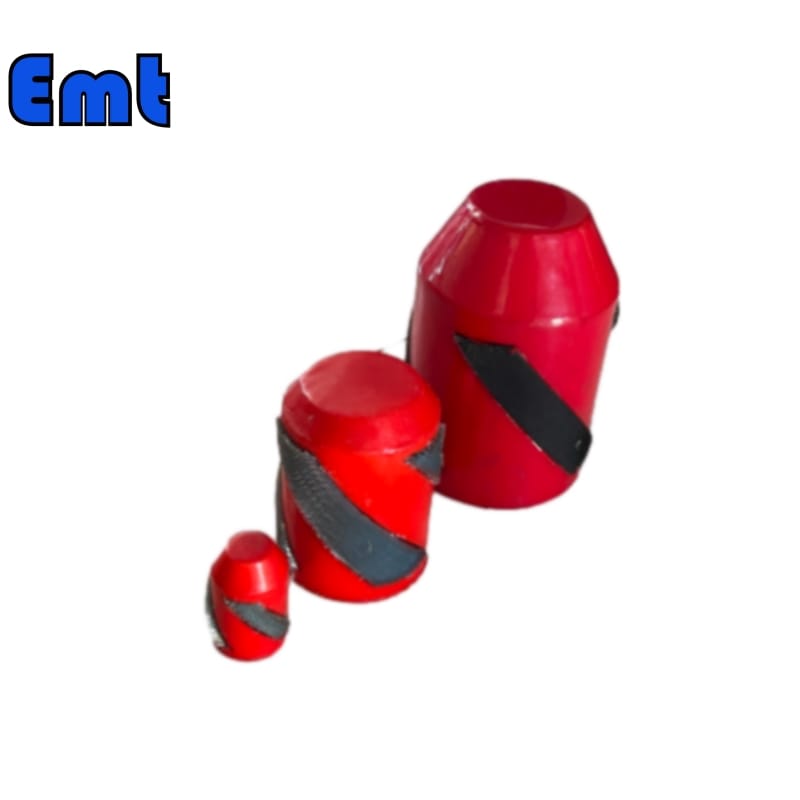
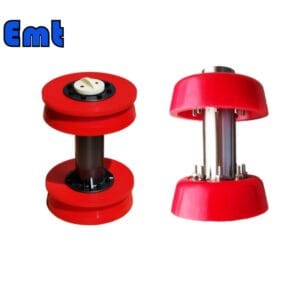
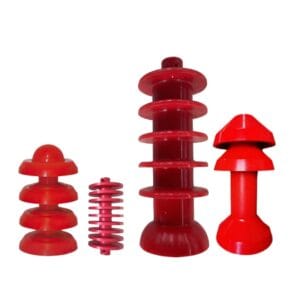
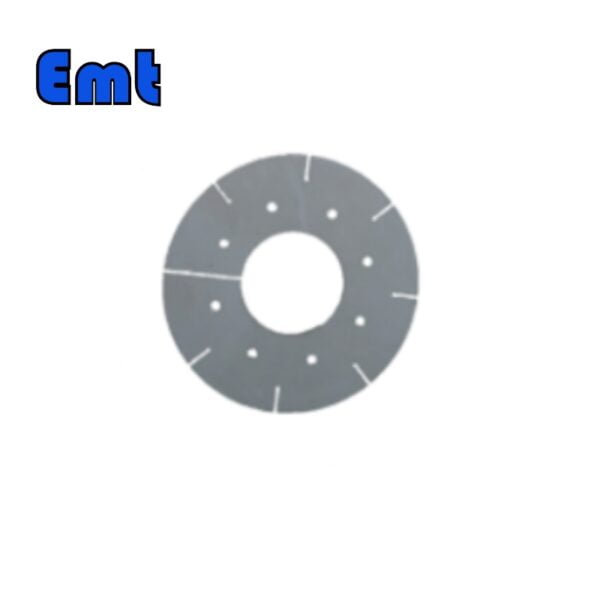
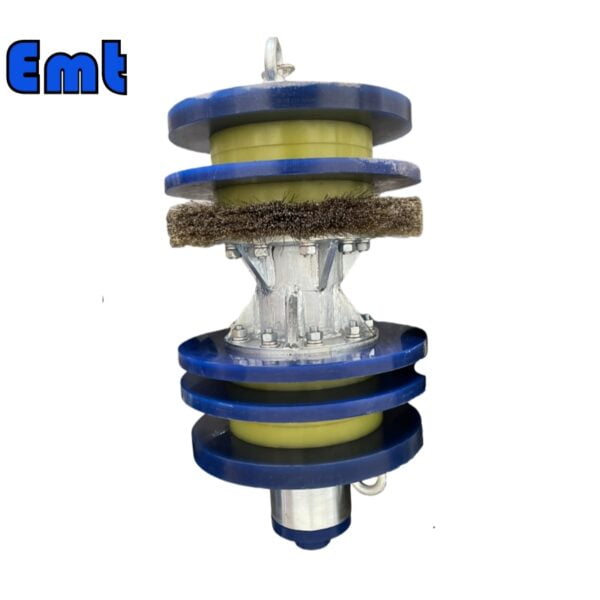
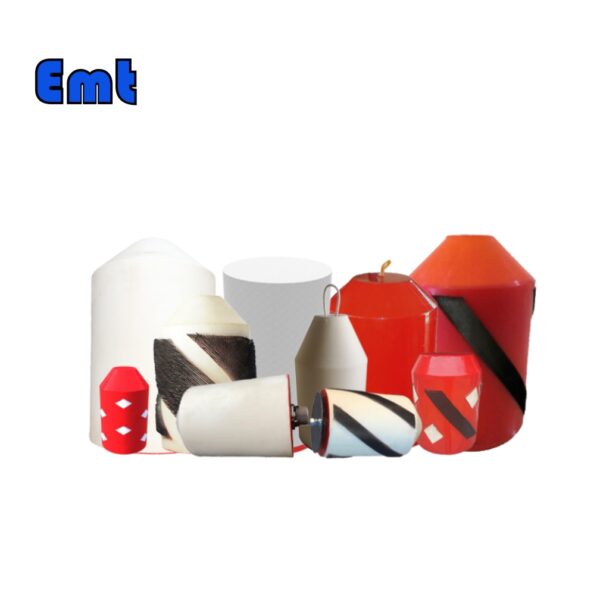
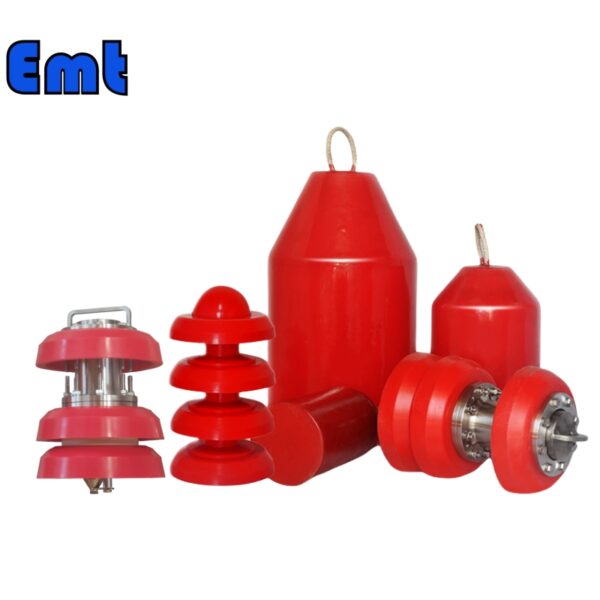
There are no reviews yet.